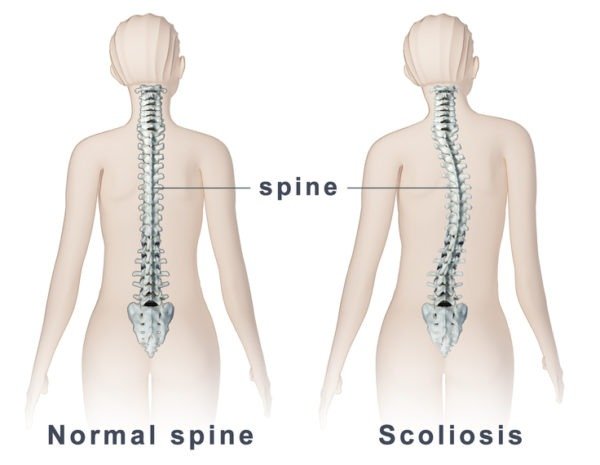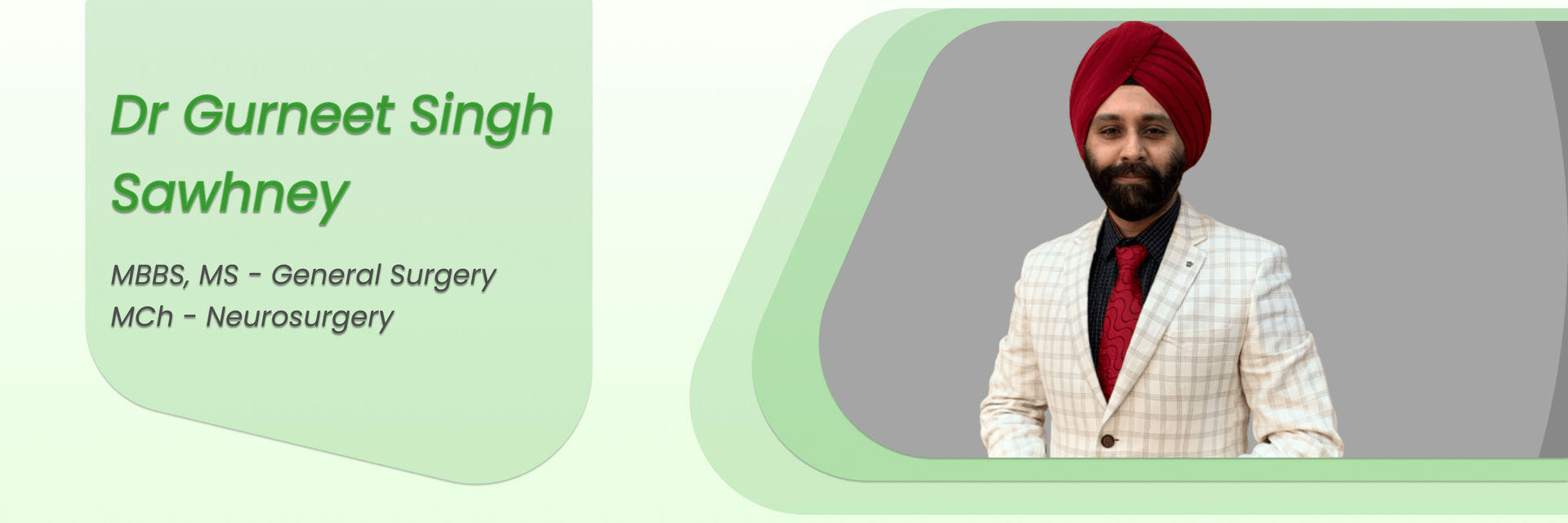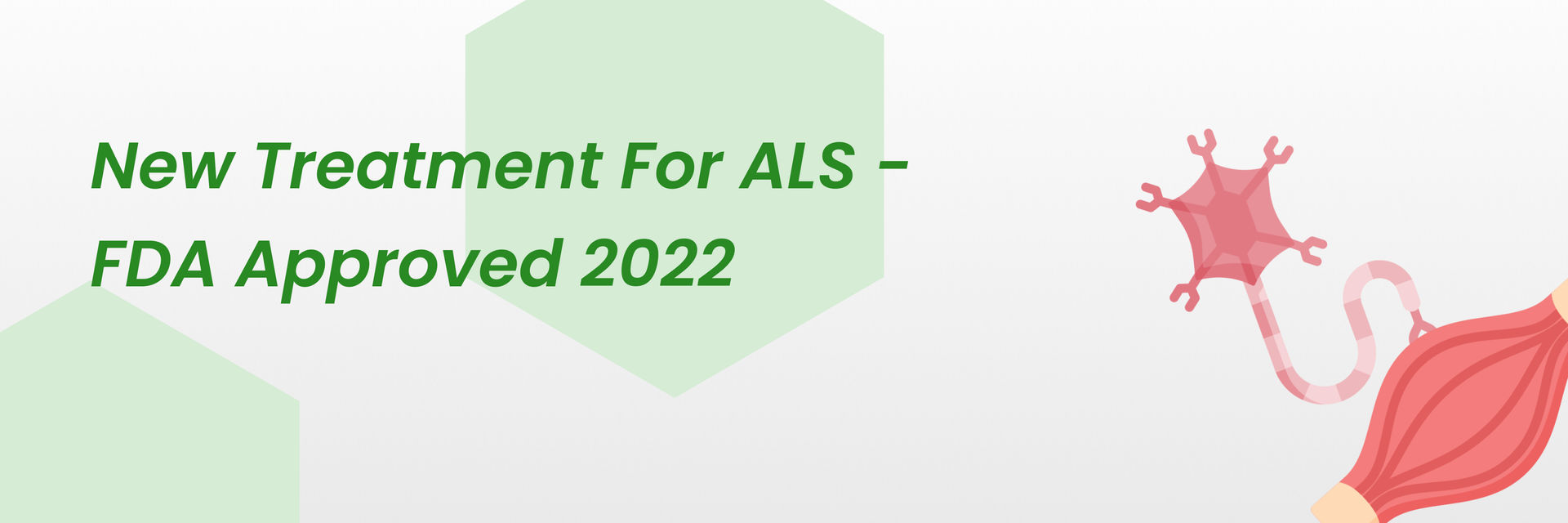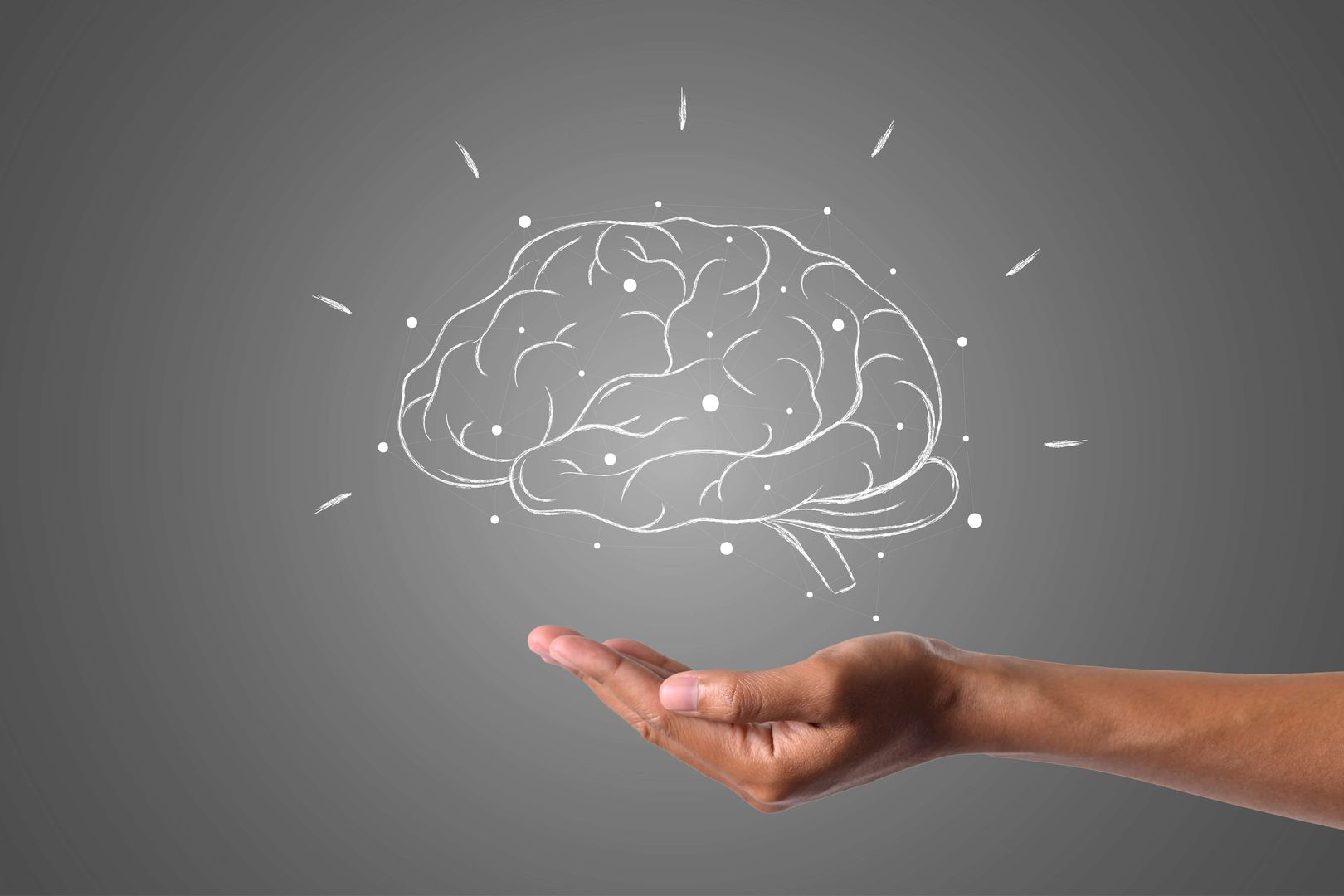Cerebral palsy (CP) is a neurological disorder that affects muscle tone, movement, and motor skills. It often leads to secondary complications like scoliosis, a lateral curvature of the spine. In India, approximately 3 out of every 1,000 live births are diagnosed with cerebral palsy.

Scoliosis is common in children with cerebral palsy, further complicating their mobility and overall health. This blog delves into the relationship between cerebral palsy and scoliosis, exploring their causes, prevalence, and the latest treatment options available.
Is Scoliosis Common in Cerebral Palsy?
Scoliosis is a prevalent condition among individuals with cerebral palsy, especially in those with more severe forms of the disorder. Research indicates that around 20-25% of children with cerebral palsy develop scoliosis, with higher rates in those with severe motor impairments.
Does cerebral palsy affect the spine?
Cerebral palsy primarily impacts the brain's ability to control muscle movements, but its effects extend beyond motor skills. The disorder can lead to various orthopedic complications, including spinal deformities like scoliosis. The abnormal muscle tone and spasticity associated with CP cause uneven pressure on the spine, leading to its curvature over time.
How does cerebral palsy cause scoliosis?
- Muscle Imbalance: CP often results in uneven muscle strength, causing an imbalance in the forces exerted on the spine.
- Poor Posture: Children with CP may have difficulty maintaining proper posture, which can contribute to spinal misalignment.
- Delayed Motor Development: The inability to achieve developmental milestones like sitting or standing properly increases the risk of developing spinal deformities.
Factors Influencing Scoliosis in CP:
- Severity of Motor Impairment: Children with severe motor dysfunction, particularly those who are non-ambulatory, have a higher risk of developing scoliosis.
- Type of CP: Those with spastic quadriplegia, a subtype of CP affecting all four limbs, are more prone to scoliosis compared to other types.
- Age: Scoliosis tends to develop and worsen during periods of rapid growth, particularly in adolescence.
What are the treatments available for cerebral palsy and scoliosis?
The treatment of cerebral palsy and scoliosis is multifaceted, often requiring a combination of therapies to manage symptoms and improve the quality of life. While traditional treatments have focused on physical therapy, orthotic devices, and surgical interventions, recent advancements have introduced new possibilities, including stem cell therapy.
Traditional Treatment Approaches:
- Physical Therapy: Regular physical therapy improves muscle strength, flexibility, and overall mobility in CP patients. It can also help manage mild scoliosis.
- Orthotic Devices: Braces and other supportive devices can help maintain posture and prevent further spine curvature in scoliosis patients.
Surgical Approaches:
- Surgery: In severe cases of scoliosis, spinal fusion surgery may be recommended to correct the curvature and stabilize the spine.
- Robotics and Assistive Devices: Robotic exoskeletons and advanced assistive devices are gaining popularity, offering enhanced mobility and independence to individuals with CP and scoliosis.
- Minimally Invasive Surgeries: Advances in surgical techniques have led to the development of minimally invasive procedures for scoliosis, which reduce recovery time and improve outcomes.
Stem Cell Therapy: A Promising New Treatment
Stem cell therapy has emerged as a potential treatment for cerebral palsy and scoliosis. Though research and clinical trials are ongoing, this innovative approach involves using stem cells to repair and regenerate damaged tissues, potentially improving motor function and reducing the progression of scoliosis. While stem cell therapy is still considered experimental and is not widely FDA-approved, several clinical trials in India are exploring its efficacy in treating CP and scoliosis.
Indian medical institutions like AIIMS, Medanta, and Apollo Hospitals are at the forefront of this research, offering hope to patients seeking alternative treatments.
- How stem cell therapy works:
- Stem cells, particularly mesenchymal stem cells (MSCs), can differentiate into various cell types, including bone, muscle, and nerve cells.
- In cerebral palsy, stem cell therapy aims to repair the damaged areas of the brain, potentially improving motor functions and reducing symptoms.
- Stem cells could be used to regenerate damaged spinal tissues, providing structural support and reducing curvature in scoliosis.
Other Emerging Treatments:
- Gene Therapy: Although still in the research phase, gene therapy holds promise for treating the underlying genetic causes of cerebral palsy, potentially reducing the severity of symptoms.
Cerebral palsy and scoliosis are closely linked conditions that significantly impact the lives of those affected. Understanding the relationship between the two is crucial for early diagnosis and effective treatment.
As medical science continues to evolve, the future holds promise for more advanced and effective treatments for cerebral palsy and scoliosis, potentially improving the quality of life for countless individuals.
Reference:
https://www.yourtherapysource.com/blog1/2017/01/25/management-scoliosis-children-cerebral-palsy/






